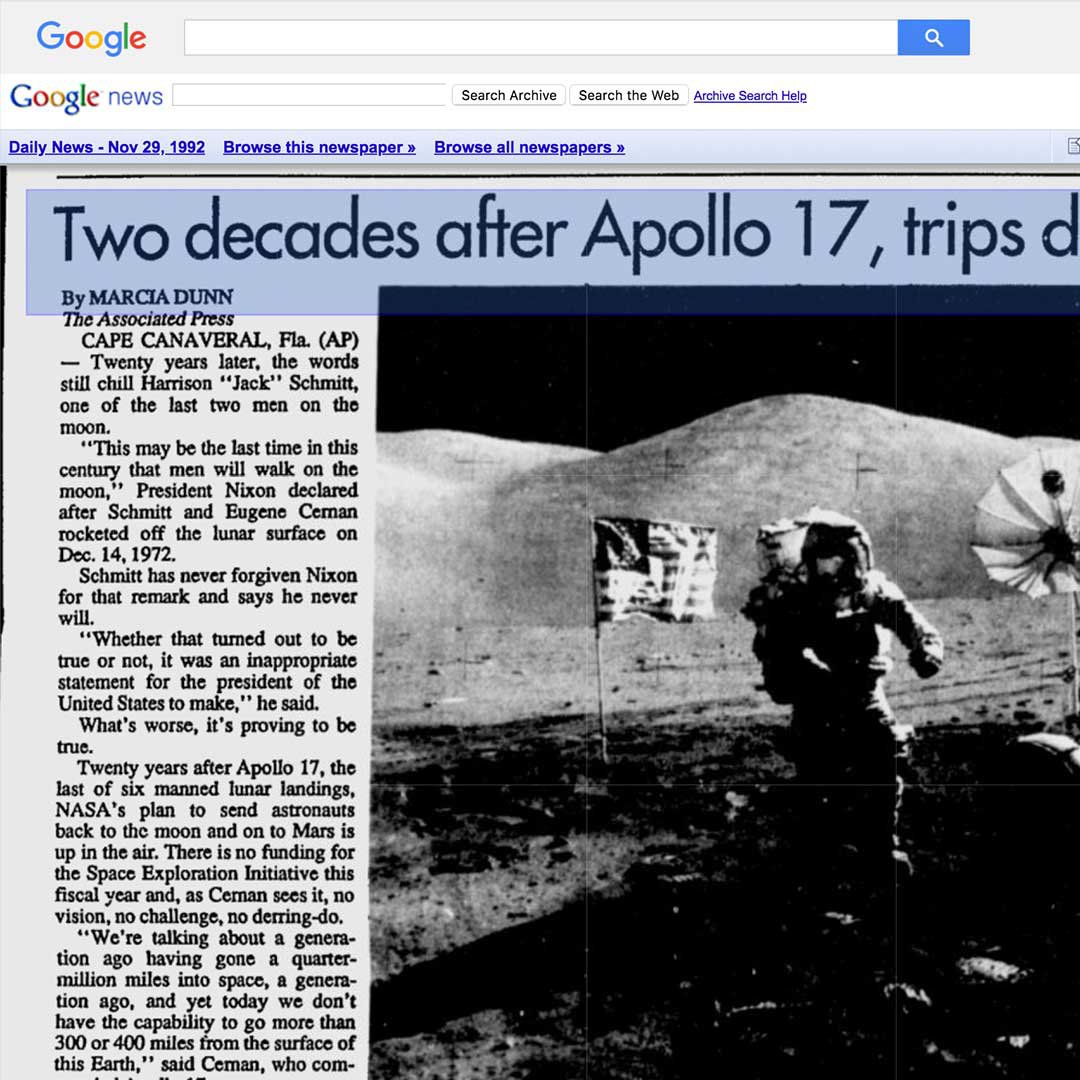News Articles Things To Know Before You Buy
News Articles Things To Know Before You Buy
Blog Article
The 3-Minute Rule for News Articles
Table of ContentsFacts About News Articles RevealedSome Ideas on News Articles You Should KnowUnknown Facts About News Articles4 Easy Facts About News Articles ExplainedThe Ultimate Guide To News Articles
Good expertise of different topics provides pupils an one-upmanship over their peers. Although digital and social media are readily available, we need to not fail to remember just how crucial it is to read the newspapers. Moms and dads must attempt and instill the practice of reviewing a paper as a daily routine to proceed the legacy of the revered print tool.News stories also have at the very least one of the following crucial qualities about the intended audience: distance, prominence, timeliness, human rate of interest, anomaly, or consequence. The related term journalese is occasionally used, typically pejoratively, to describe news-style writing. Another is headlinese. Newspapers typically follow an expository writing style.
Within these limits, information tales likewise intend to be comprehensive. Various other variables are involved, some stylistic and some obtained from the media type. Amongst the larger and extra revered papers, fairness and equilibrium is a major consider presenting info. Discourse is generally restricted to a different section, though each paper might have a various general slant.
Newspapers with a worldwide audience, for instance, tend to utilize an extra official style of creating. News Articles.; common design guides consist of the and the United States News Design Publication.
The Of News Articles
Generally, reporters will certainly not utilize a long word when a short one will do. They utilize subject-verb-object building and construction and vibrant, active prose (see Grammar). They offer stories, examples and metaphors, and they rarely rely on generalizations or abstract ideas. News writers try to avoid using the very same word much more than when in a paragraph (sometimes called an "resemble" or "word mirror").
Headlines sometimes omit the topic (e.g., "Leaps From Boat, Catches in Wheel") or verb (e.g., "Pet cat lady lucky"). A subhead (additionally subhed, sub-headline, subheading, subtitle, deck or dek) can be either a subordinate title under the major headline, or the heading of a subsection of the post. It is a heading that precedes the major text, or a group of paragraphs of the primary text.

Additional billboards of any of these kinds might appear later on in the short article (particularly on subsequent pages) to entice further reading. Such signboards are also used as pointers to the article in other sections of the magazine or website, or as advertisements for the piece in various other magazine or sites. Regular structure with title, lead paragraph (summary in bold), other paragraphs (information) and call information.

Example of a hard-lead paragraph NASA is proposing another space job. The company's budget plan request, announced today, consisted of a strategy to send an additional mission to the Moon. This moment the firm intends to establish a long-lasting facility as a jumping-off factor for other room journeys. The budget plan demands around $10 billion for the job.
The NASA news came as the company asked for $10 billion of appropriations for the task. An "off-lead" is the second crucial front page news of the day. The off-lead shows up either in the top left corner, or straight listed below the lead on the right. To "hide the lead" is to begin the article with background information or information of additional value to the readers, requiring them to learn more deeply into a short article than they need to have to in order to uncover the essential points.
5 Simple Techniques For News Articles
Common usage is that a person or more sentences each form their very own paragraph. Reporters generally define the organization or structure of a newspaper article as an upside down pyramid. The crucial and most intriguing components of a story are put at the beginning, with supporting information complying with in order of diminishing importance.
It permits people to discover a subject to only the deepness that their curiosity takes them, and without the charge of details or nuances that they can think about unnecessary, but still making that information readily available to a lot more interested original site readers. The inverted pyramid framework likewise makes it possible for write-ups to be cut to any type of arbitrary size during click to read layout, to suit the area offered.
Some writers begin their tales with the "1-2-3 lead", yet there are numerous kinds of lead readily available. This format usually starts with a "5 Ws" opening up paragraph (as explained above), adhered to by an indirect quote that serves to sustain a significant component of the first paragraph, and after that a direct quote to support the indirect quote. [] A kicker can describe numerous things: The last story in the information broadcast; a "satisfied" tale to finish the program.
Longer posts, such as magazine cover posts and the pieces that lead the within sections of a paper, are recognized as. Feature stories vary from straight news in several ways.
Some Known Facts About News Articles.
An attribute's first paragraphs usually connect a fascinating minute or event, as in an "anecdotal lead". From the particulars of a person or episode, its view quickly widens to generalities about the tale's subject.

The Editor's Toolbox: A Reference Overview for Beginners and Professionals (2001) Allan M. Siegal and William G. Connolly. The New York Times Manual of Design and Usage: The Official Style Guide Used by the Writers and Editors of the World's Many Authoritative Newspaper (2002) M. L. Stein, Susan Paterno, and R.
Report this page